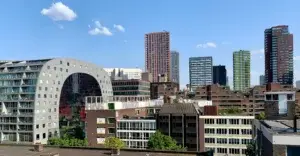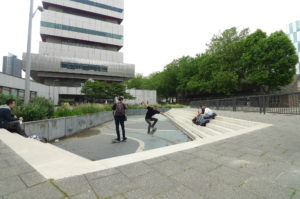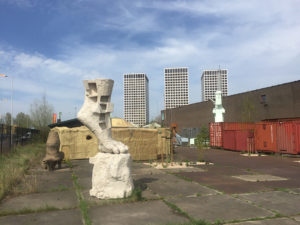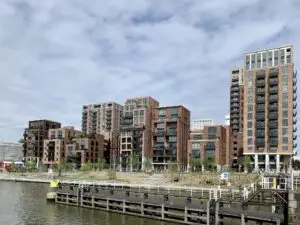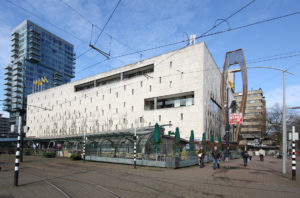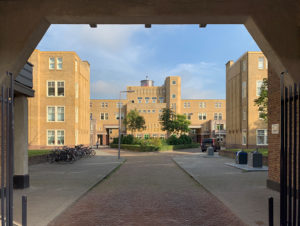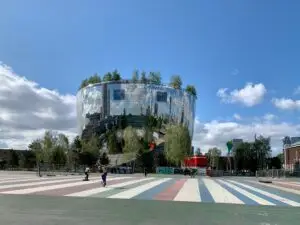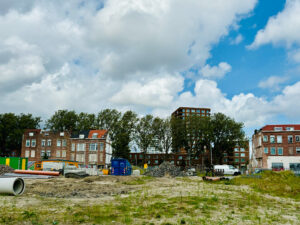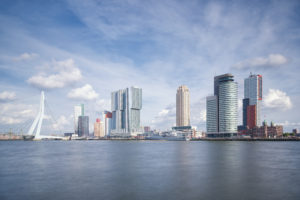Architecture of the 1920s
- Rotterdam
- Duration: 3–4 hours
- Date and time to be defined
- max. 25 participants per guide
- by coach
- Contact us for a quote
In the 1920s and 30s, numerous buildings were created in Rotterdam that are now considered modern classics: factories, housing areas and industrialists’ villas, mostly in the international style. The most pressing issue, however, was workers’ housing, and therefore progressive architects developed new housing typologies for the working classes. De Kiefhoek is a village-like neighbourhood that was built on an incredibly low budget, but was architecturally groundbreaking. It lies in the south of Rotterdam, which is connected to the northern shore via the Maastunnel, opened in 1941. On the other side, In the workers’ quarter of Spangen there are residential buildings in various stages of redevelopment, including the award-winning Justus van Effenblock. After years of neglect, it was renovated in an exemplary manner a few years ago.
On this tour you will visit two famous and one lesser-known 1920s housing estate. The programme can be completed with a visit to the Van Nelle factory. The white factory, once described by Le Corbusier as “the most beautiful spectacle of modernism”, is now a UNESCO World Heritage Site.
Tour Highlights: Architecture of the 1920s
Housing area Kiefhoek (J.J.P. Oud, 1827–30)
Harbour workers village Heijplaat (Gebr. Baanders, 1918)
Housing area Spangen: Justus van Effen block (Michiel Brinkman, 1919–22 / Renovated by Molenaar & Co, 2012)
Van Nelle Factory (Brinkman en Van der Vlugt, 1923–30) — Interior visit with external guide

